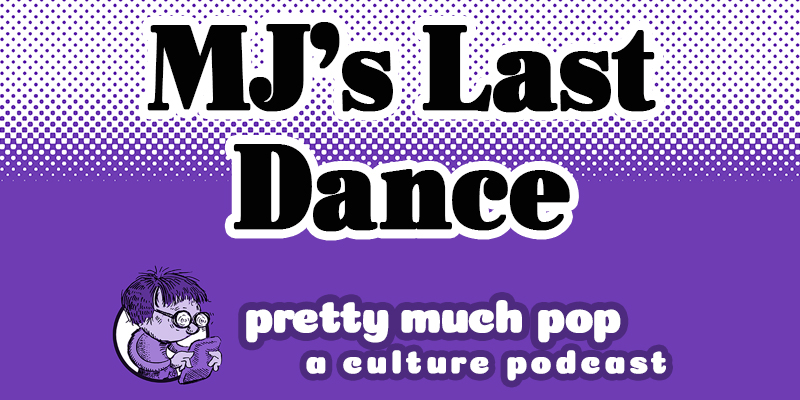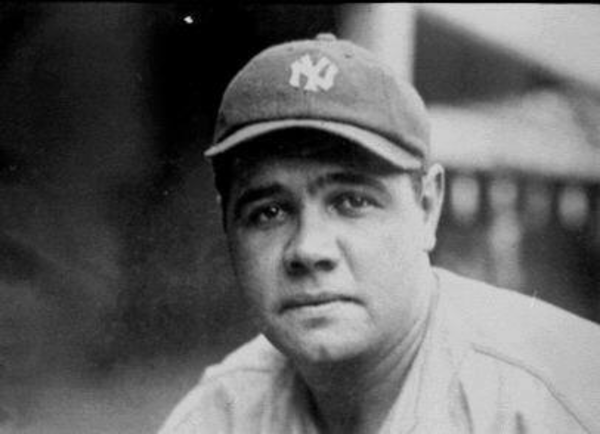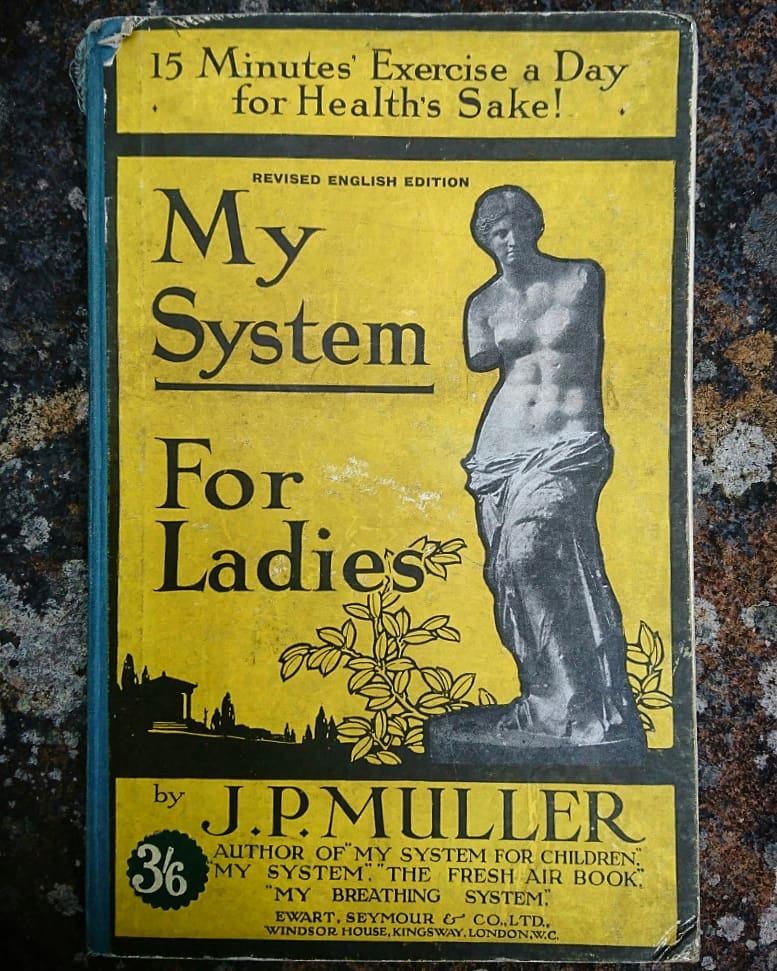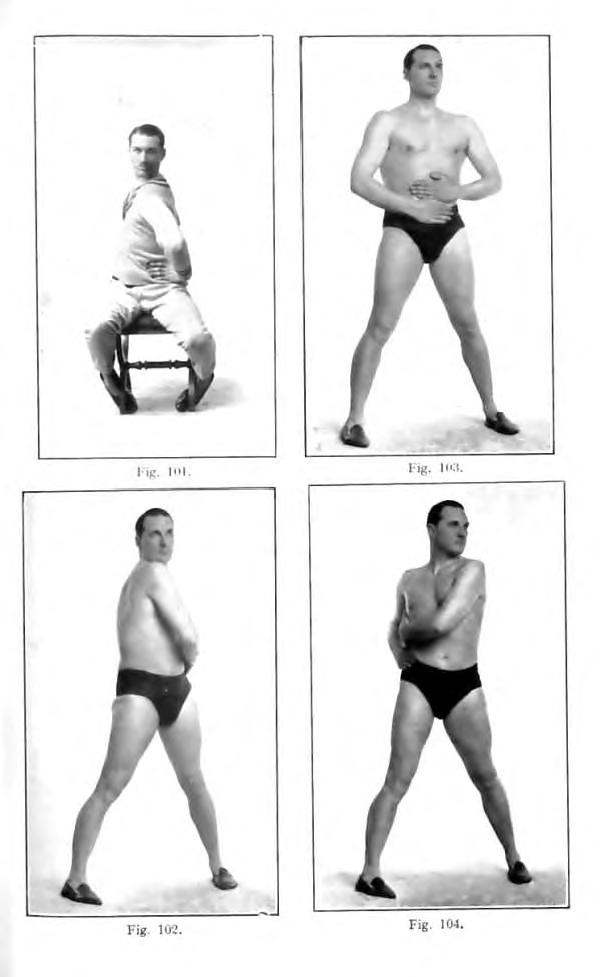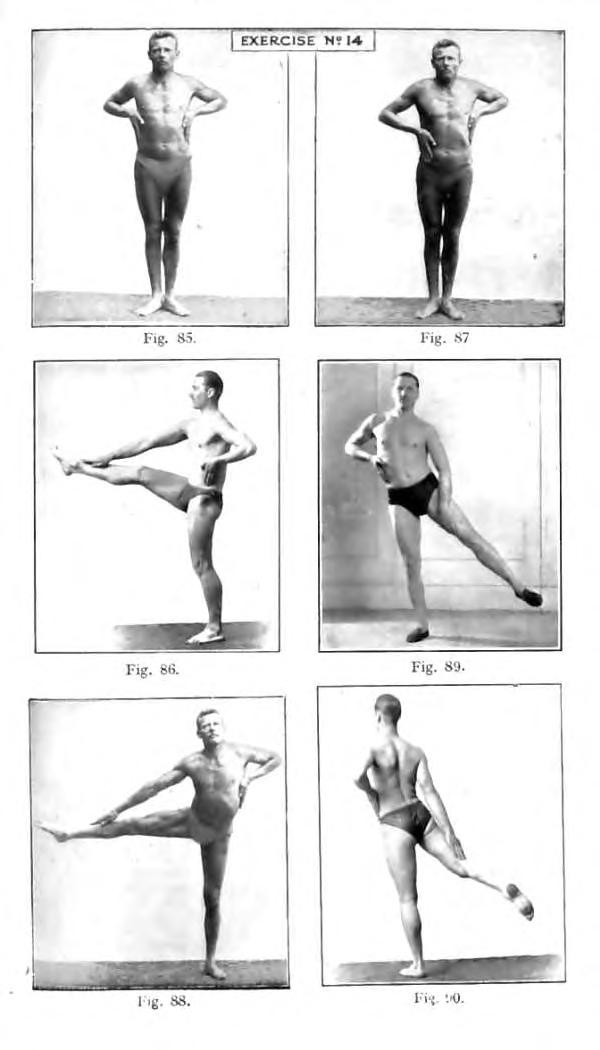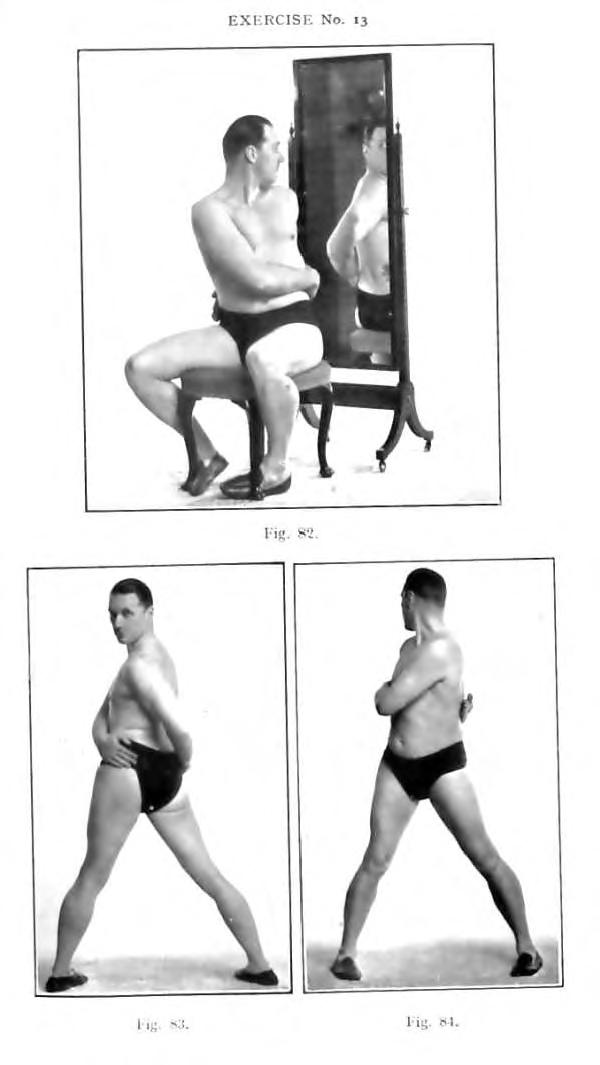Wouldn’t we enjoy seeing our cities like an architectural historian, in command of deep knowledge about the technology, ideology, and aesthetics of the buildings we pass by every day? For most of us, this would hugely enrich our experience of the urban environment. But then so, less obviously, would seeing our cities like a skateboarder, in command of deep knowledge about how to glide, jump, and bounce along the streets, the buildings, and all the myriad pieces of infrastructure as a surfer rides the waves. The architectural historian learns the city with his mind; the skater learns the city, no less painstakingly, with his body.
The Vox video above brings mind and body come together in the persons of Iain Borden, author of Skateboarding and the City: A Complete History, and Tony Hawk, to whom even those wholly ignorant of skateboarding need no introduction. Their complementary interviews reveal the history of modern skateboarding through the sport’s “legendary spots”: public-school campuses, abandoned swimming pools, dry drainage ditches, forgotten sections of concrete pipe. In the main this selection reflects the highly suburbanized 1970s in which skateboards first came to popularity in the United States. But at its outer limits, such as the Mt. Baldy pipeline in northern California, it also shows how far skaters will go in search of the ideal place to ride.
Though purpose-build skate parks do exist (their numbers kept low by formidable insurance challenges), serious skaters prefer spaces not expressly designed for skating. This is thanks in large part to the innovations of a skater with less wider-world name recognition than Hawk, but no less influence within the sport: Natas Kaupas. Hawk remembers the thoughts triggered by footage of the young Kaupas skating masterfully through his neighborhood in the 1987 film Wheels of Fire: “Wow, you can skate curbs like that? You can skate benches? You can skate fire hydrants? The whole world is a skate park now.” Suddenly, Borden adds, “you didn’t need to be in California, or in the Arizona desert, or in Florida anymore. You could be anywhere.”
Reviewing Borden’s Skateboarding and the City, Jack Layton in Urban Studies highlights its history of “how the assemblage of materials that makes up cities has been – in countless ways – re-imagined by the skateboarder to create acceleration, rotation, friction and flow.” It’s easy to forget, Layton writes, that “along with facilitating commerce, transport and habitation, cities can be spaces that facilitate play, exhilaration and pleasure.” Despite often having been regarded as public nuisances, skateboarders are “a constant reminder that our cities are creative and rich places,” says Borden. With the exception of the skate parks secretly constructed in hidden urban spaces across the world, skaters, of course, don’t build the city — but they do show us some of its untapped potential.
Related Content:
3 Iconic Paintings by Frida Kahlo Get Reborn as Vans Skate Shoes
Saxophonist Plays into Large Gas Pipes & Then Uses the Echo to Accompany Himself
Based in Seoul, Colin Marshall writes and broadcasts on cities, language, and culture. His projects include the book The Stateless City: a Walk through 21st-Century Los Angeles and the video series The City in Cinema. Follow him on Twitter at @colinmarshall, on Facebook, or on Instagram.
